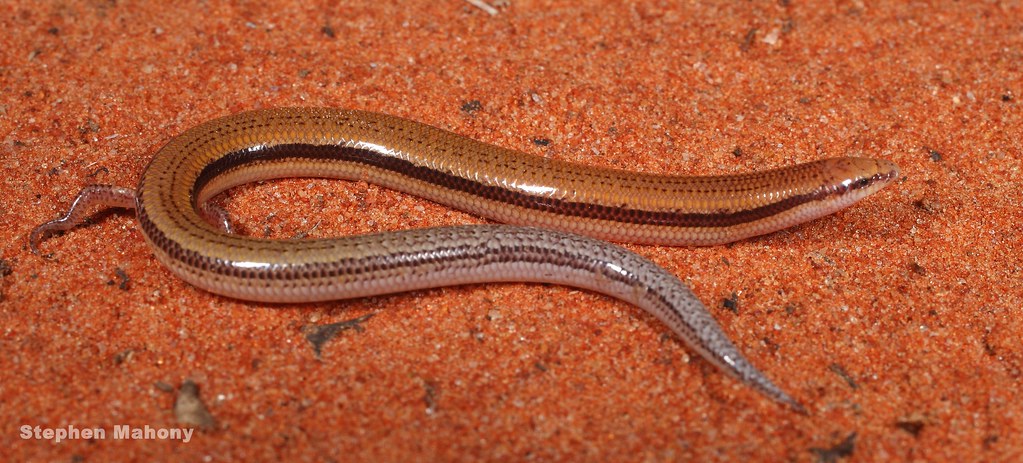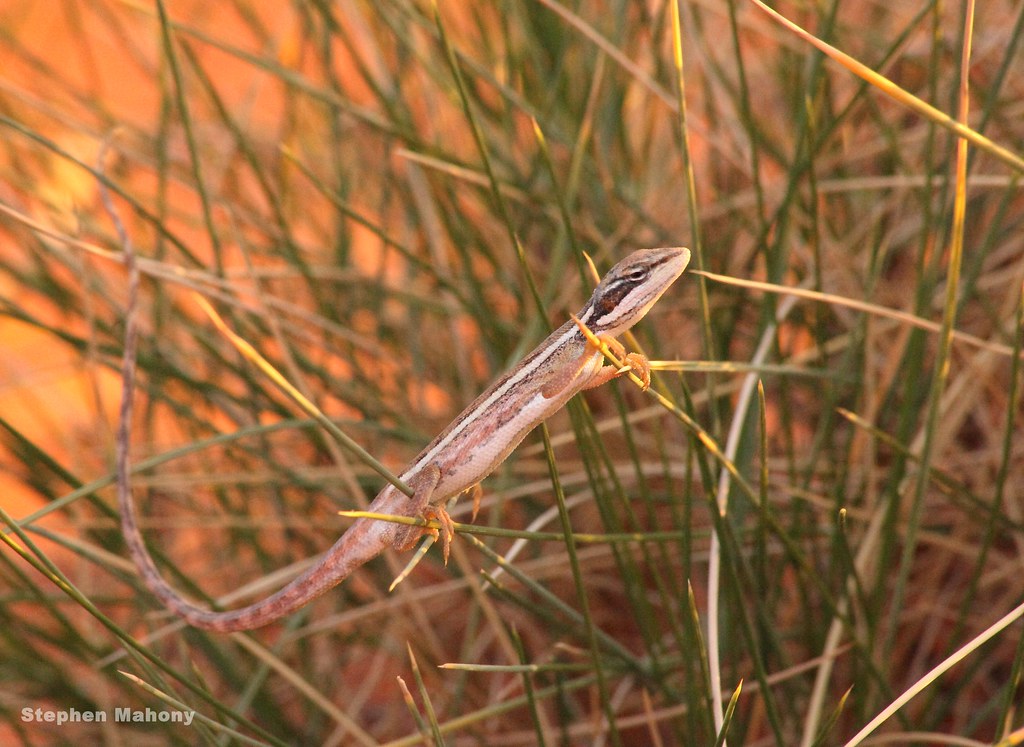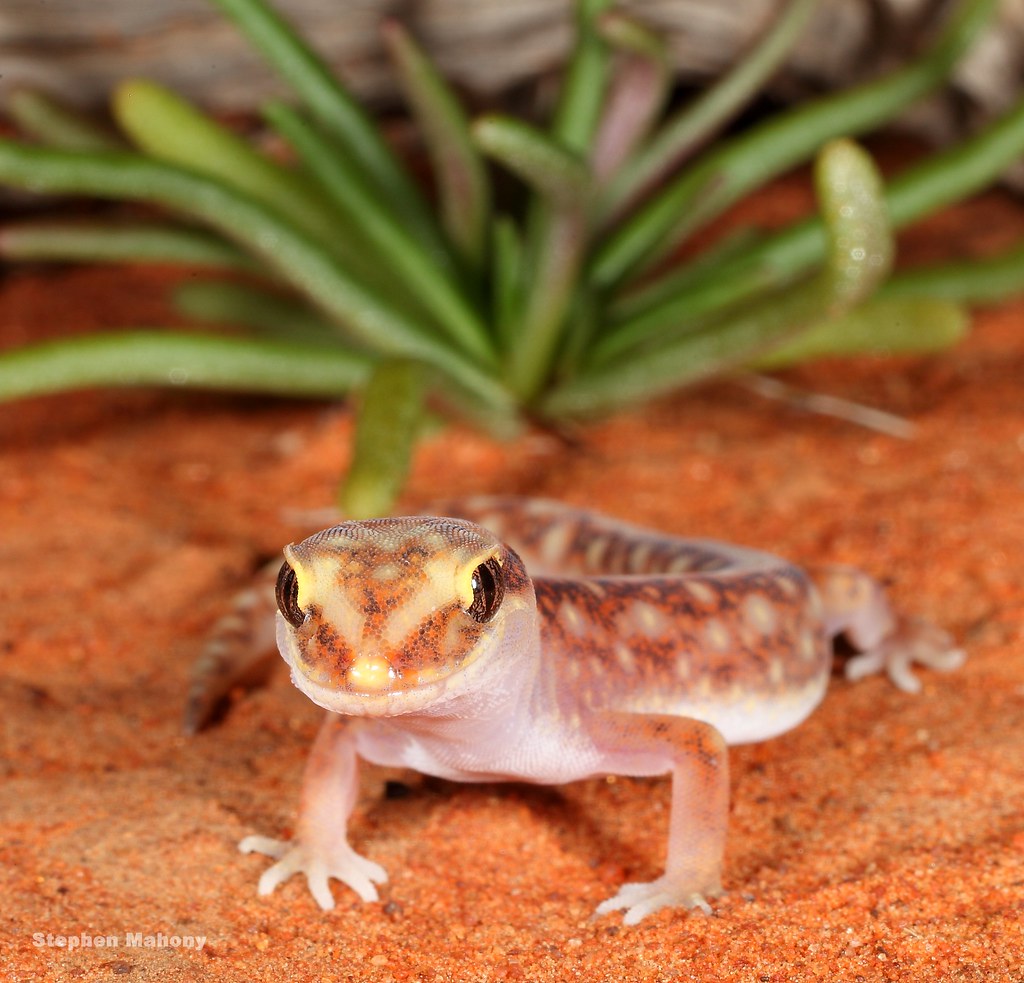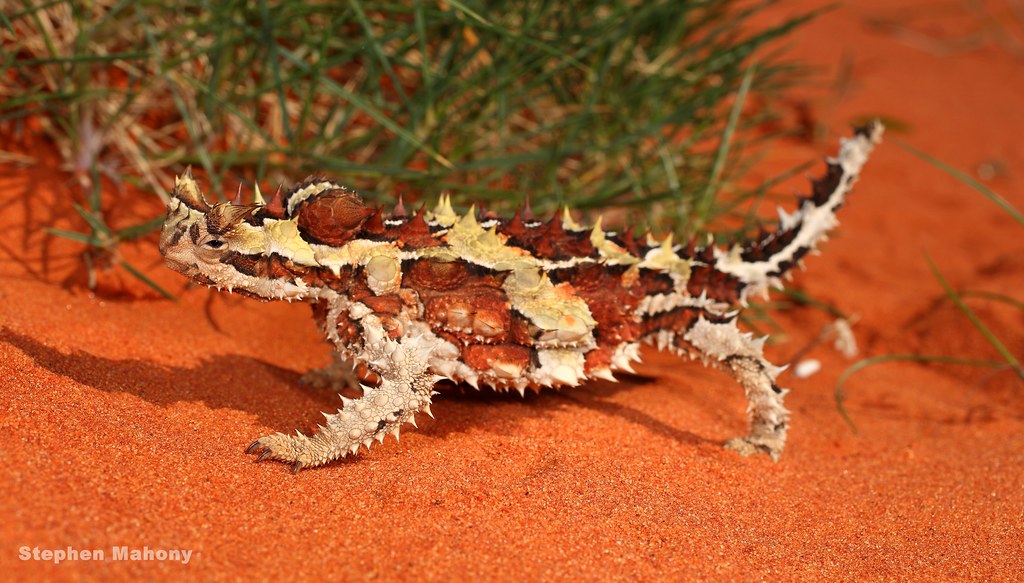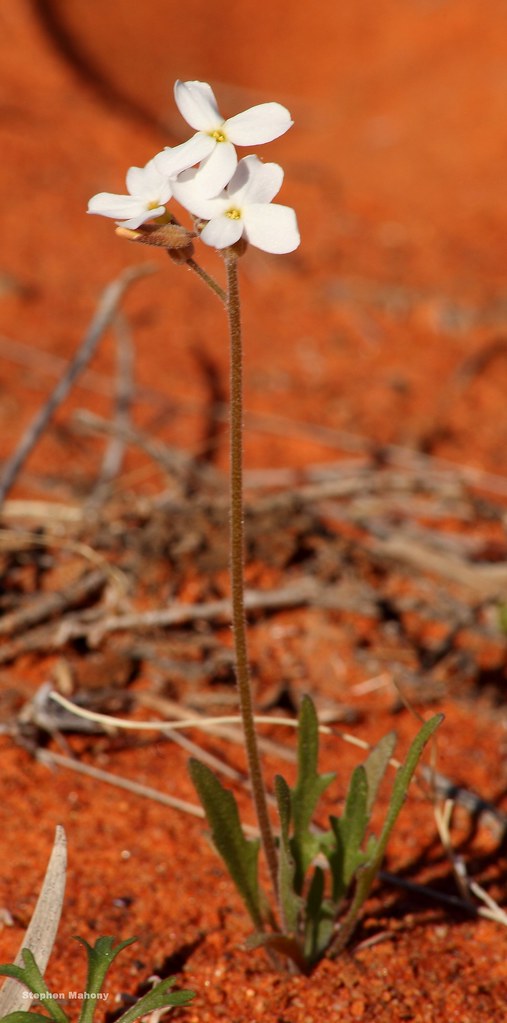I am just back from a few days in the UAE and Oman. This report will cover my two nights in Oman. I stopped there while on the return trip from Spain where I worked for a couple of weeks. The UAE and Oman are great places for reptiles and have a good diversity of species. A new field guide to the reptiles will be out soon and that will help with identifications. For the moment, I use photos on the following birding site to help me sort out some of the species:
Photos-reptiles
With Dubai now becoming one of the world's major air hubs, access to these countries has become so much easier. The infrastructure of both countries is excellent and includes good highways/freeways. The people are also incredibly friendly and hospitable. For the second time now I was inivited to dinner with strangers who saw me out taking photos.
On this trip, I returned for two nights to the Bahla area in the Hajar Mountains of northern Oman. One day, I travelled to Jebel Akhdar and the next, I headed up Jebel Shams. In the map below, "A" is the Jebel Shams area and "B" the Jebel Akhdar area.
![]()
I visited Jebel Akhdar in February when the weather was cool so I was interested to see if there were many more animals active now in the summer. Here is a link to my February report:
Field Herp Forum • View topic - Photos from a quick trip to Oman
On this trip, the temperature in the lowlands was high and reached a peak of 43C one day. It was much cooler, though at the upper levels of the mountains known as Jebel Akhdar and Jebel Shams.
I visited scenic Jebel Akhdar area one afternoon. This area was especially nice in Feb when the air was clear and dry. On this trip, the skies were grey and the air was humid so scenery shots were difficult.
Jebel Akhdar area:
![]()
![]()
These little Rock Semaphore Geckos (
Pristurus rupestris) were common in the above habitat. The were sunning in the open late in the day and usually would allow close approach.
![]()
![]()
![]()
At night, I tried a combination walking the wadis (drainages) and driving to find reptiles. Geckos on the first night were numerous. Strangely, I saw very little on the second night. I am not certain why but it may have been related to the slightly cooler, more humid conditions.
The most common gecko was one I quite like with its strange toes. I found Hasselquist's Fan-Footed (
Ptyodactylus hasselquistii) on rock walls of the wadis, in a cave and even on the road.
![]()
![]()
![]()
![]()
![]()
habitat:
![]()
![]()
I returned to a small cave that I found in Feb. A small stream flows out of a fracture in the wall of the cave. This place was great for geckos and I usually saw at least 10 on a visit. The most common species was this large gecko with long legs. I believe that the males have a yellow tail and females a white tail.
cave (shot from Feb):
![]() Asaccus platyrhynchus
Asaccus platyrhynchus
![]()
![]()
![]()
![]()
I saw several of these smaller geckos on rocks near the cave as well as on a night walk further up Jebel Akhdar. I think that they are Gallagher's Leaf-toed Geckos (
Asaccus gallagheri) and like A. platrhynchus, I think that the males had yellow tails whereas females had white tails.
![]()
![]()
![]()
Banded Ground Gecko (
Bunopus spatalurus) were common, especially at the higher altitudes.
![]()
![]()
![]()
The following is what I assume to be Yerburis Leaf-Toed Gecko (
Hemidactylus yerburii). These were big geckos that lived in the same places as
Asaccus platyrhynchus.
![]()
![]()
![]()
![]()
Bosk's Fringe-toed Lizard (
Acanthodactylus boskianus) were one of the fews species of diurnal lizards observed on the trip.
burrow:
![]()
habitat:
![]()
male
![]()
![]()
female
![]()
I found this Wadi Racer (
Platyceps rhodorachis) at dusk as I walked from the road to the base of a wadi. It would hide under small stones and that was how I would lift these for a photo or two before the snake raced under new cover.
![]()
![]()
habitat:
![]()
Oman Saw-scaled Viper (
Echis somanensis). I was very happy to find one of these on the road at night. It would side-wind on the road but crawled normally once on the rocky road shoulder. Unfortunately, it did not make a sound while I photographed it. I've read that saw-scales can make a loud, strange sound by rubbing their body scales together when alarmed.
![]()
![]()
![]()
Photos from the drive up Jebel Shams. This is a beautiful area and near the top of Jebel Shams is a small road that drives along a deep gorge known as the Grand Canyon of Oman. I did not go that far on this trip since conditions were hazy and would not have been good for photos. I plant to be back again in October so hopefully there will be less moisture in the air and I will be able to take a few shots of the place.
![]()
![]()
![]()
I saw these ancient ruins at the base of the acent to Jebel Shams. It looks like people have lived here for a very long time.
![]()
Sinai Agama (
Pseudotrapelus sinaitus). I saw two of these spectacular lizards in the same area of Jebel Shams. Both were sitting at the tops of piles of rocks. They would do "push-ups" as I approached and then ran while I was still several meters from them.
![]()
![]()
![]()
This solifugid was enormous. Its legs had a spread similar to a tarantula. It was fast moving and was hard to follow. I attempted several photos but this was the best that I could come up with.
Galeodes sp.?
![]()
Scarlet-tip (Colotis sp.)
![]()
Regards,
David























































